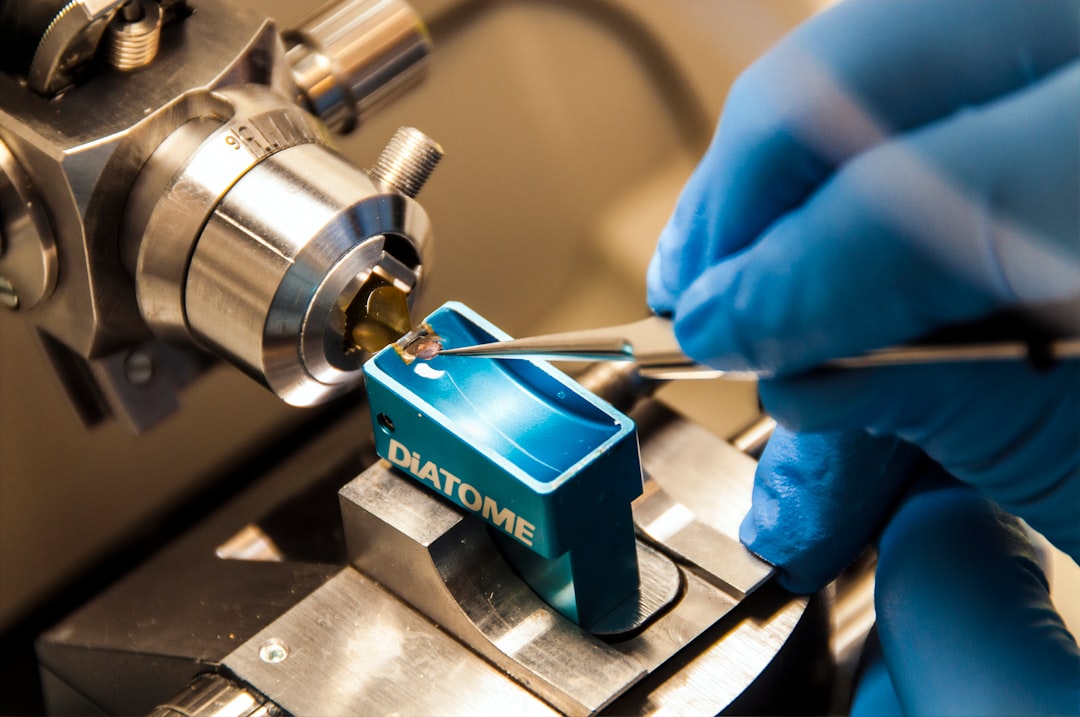What is it about?
In 1934 Wells asked the question whether or not aerosols produced by animals while breathing, coughing or sneezing can contribute to the spread of some diseases. His estimate for aerosols made of pure water was that, within seconds of production, they either sediment, if they are sufficiently large, or evaporate, if they are small. Clearly in such a short time the aerosol can not travel far enough to contribute to the spreading of diseases. In a recent study it was suggested, based on macroscopic ideas, that nonvolatile nanoparticles (such as virions or mucus components, proteins and salts) that may be dissolved in the aerosols can lead to a substantially increased lifetime.
Featured Image

Photo by Elena Mozhvilo on Unsplash
Why is it important?
We have studied this problem using a microscopic approach, namely classical lattice density-functional theory (DFT) and classical lattice dynamic DFT. Our calculations confirm that dissolved nanoparticles can stabilise aerosol particles. The implications for the spread of COVID, and other viruses, are profound. Virion laden aerosols start in the mouth or nose of an infected person at about 37 degrees Celsius and 100% relative humidity and move into an environment at a different temperature and relative humidity. As a result of this the aerosols typically shrink by evaporation of some, but not all, liquid water of the droplets. This makes the aerosols less susceptible to gravity. The smaller aerosols, depending on temperature and relative humidity, can stay airborne for a much longer time, minutes or hours instead of seconds. In such a long time virion laden aerosols can travel longer distances than anticipated by Wells and can significantly increase the transmission of diseases such as COVID.
Read the Original
This page is a summary of: Stability of nanoparticle laden aerosol liquid droplets, The Journal of Chemical Physics, November 2023, American Institute of Physics,
DOI: 10.1063/5.0172137.
You can read the full text:
Contributors
The following have contributed to this page










